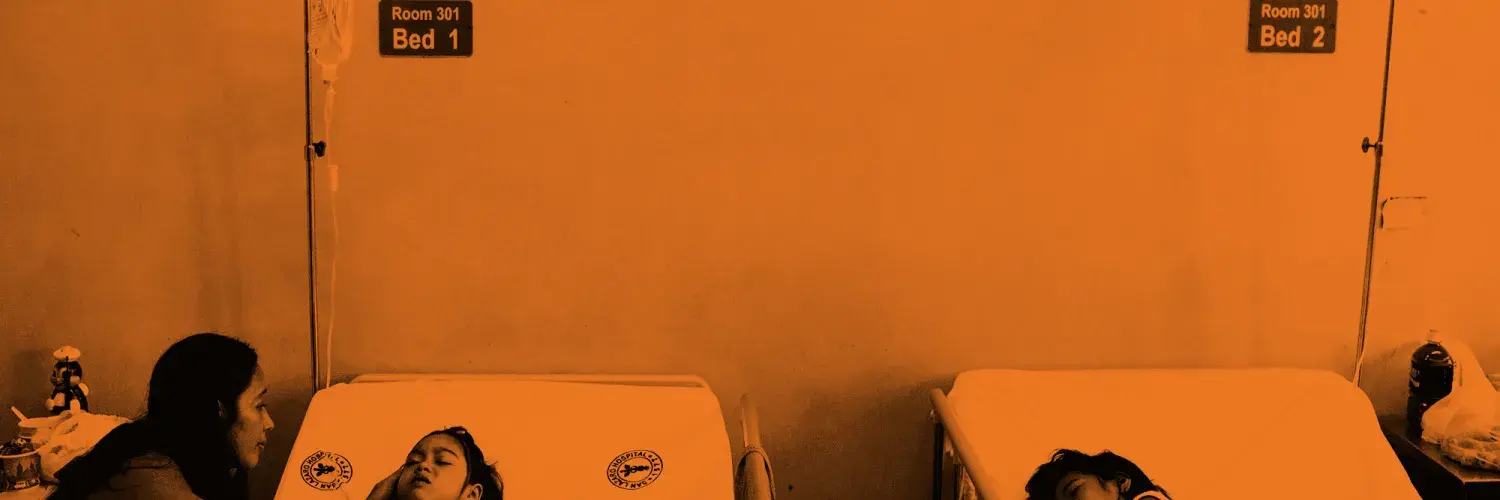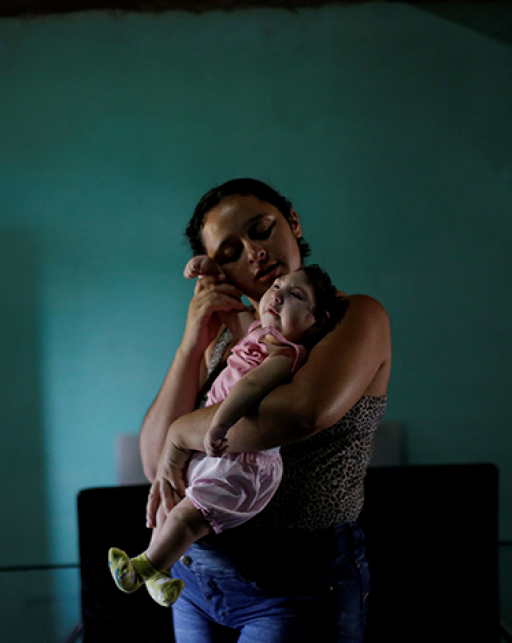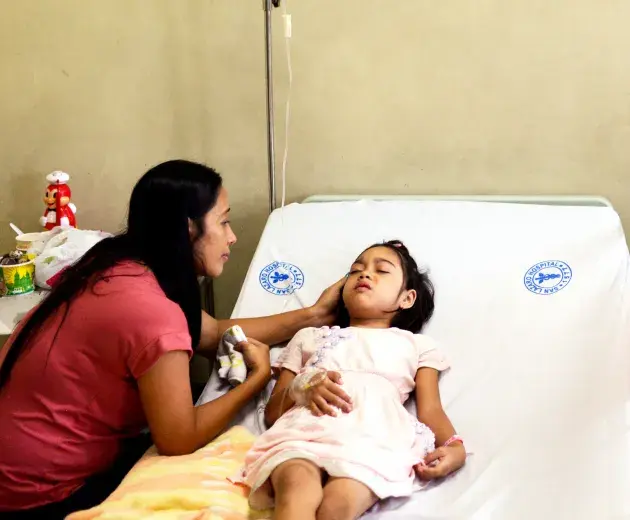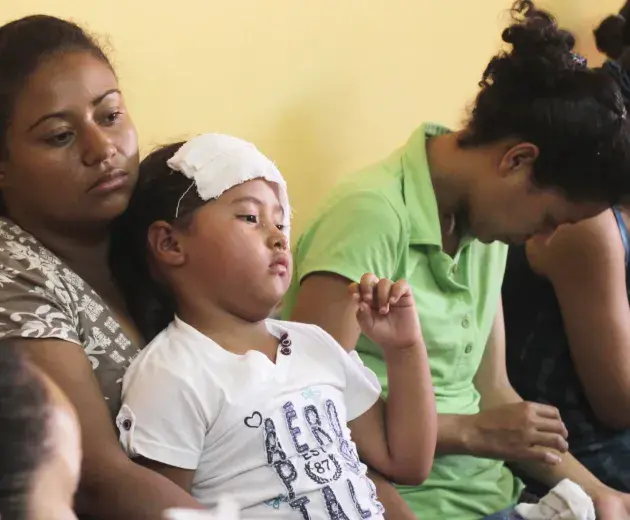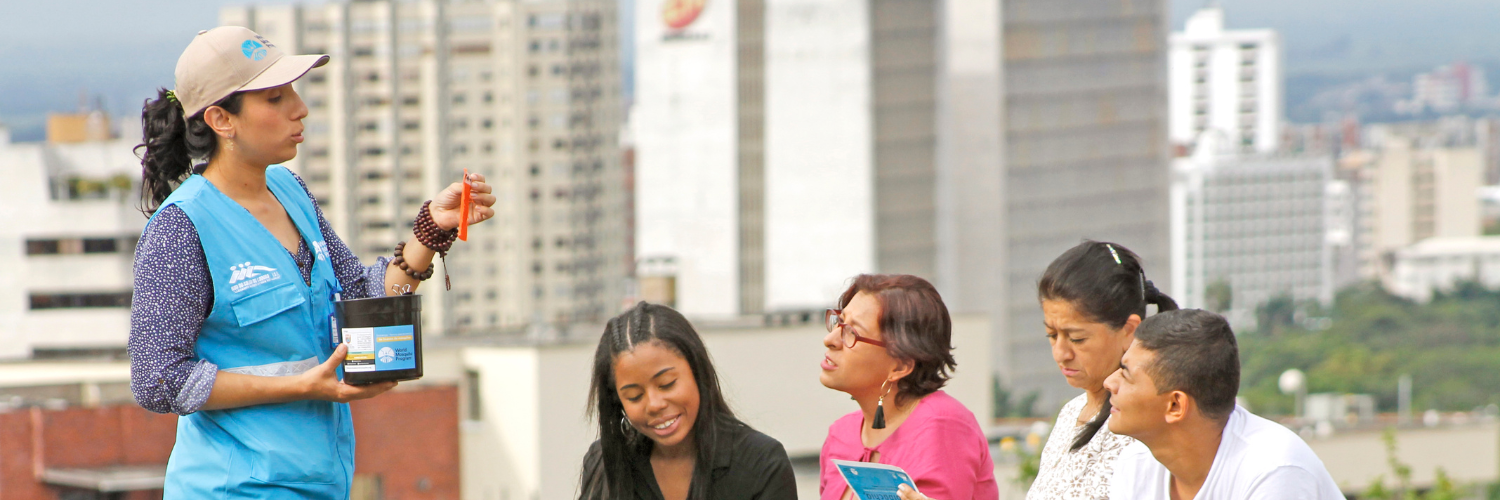What are mosquito-borne diseases?
When a mosquito feeds on blood, it also swallows any viruses or parasites living in the blood. These viruses and parasites can be transferred to the next person the mosquito bites through its saliva. Any disease that is spread in this way from mosquito to human (or animal) is known as a 'mosquito-borne disease'.
While the mosquito may not be affected, these mosquito-borne diseases can cause immense suffering for humans. Roughly 390 million people are infected each year with dengue, and hundreds of thousands more are affected by Zika, chikungunya and yellow fever.
Common types of mosquito-borne diseases include malaria, dengue, West Nile virus, chikungunya, yellow fever and Zika.

